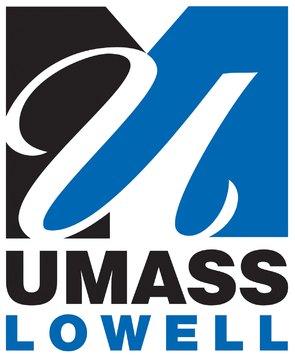
Advanced Electronic Technology Center We believe in Converting Dreams to Reality
Course: 16.519, Engineering of Submicron Machines
Instructor: Prof. Sam Mil’shtein
Textbooks:
1) T. R. Hsu, “MEMs and Microsystems” 2nd ed. Wiley Publisher, 2011.
2) Lecture Notes.
Course policy: prereq. 16.365, 16.366; 16.470, 16.523 or perm. of instructor.
Grading policy: quizzes in class and homeworks - 25%, mid-term (open text-book) - 35%, presentation of a design project (final exam) - 40%.
Recently fabrication of Very Large Scale Integrated circuits has spun-off a new technology of Micro-Electromechanical Machines (MEMs) and sensors on a semiconductor wafer. These new devices are ideally located next to a microprocessor on the same wafer or a separate chip. The data transfer to and from a miniature machine, sensor or transducer is processed and controlled on site. The challenging technology of micromachine design and fabrication is described in the following way: design of mechanical, electrical and biological transducers; properties of electronic materials; pattern generation on a semiconductor wafer; interface of a micromachine and processor; applications and markets for submicron machines. New developments in wireless technology are connected to MEMs microwave applications.
Ch. I. Introduction (2 hours).
1.1 Why Use Micromachines (MEMs).
1.2 Definitions and Classification of the Technology.
1.3 World Market for Submicron Machines Current and Future Trends.
1.4 Electronic Microtransducers.
Ch. II. Materials for Micromachines (6 hours).
2.1 Semiconductor Crystals.
2.2 Crystallography. Miller Indices.
2.3 Crystal growth of Si and GaAs. Epitaxy.
2.4 Wafering
2.5 Metals and Alloys.
2.6 Ceramics and Polymers.
2.7 Fullerenes.
Ch. III. Electrical, Optical and Thermal Properties of Electronic Materials (8 hours).
3.1 Sheet Resistance.
3.2 Electron Mobility and Diffusion.
3.3 Energy Diagrams. Effective Mass.
3.4 Electron in Low Dimensional Space.
3.5 Piezoelectric Ceramics and Semiconductors.
3.6 Ferro-electricity.
3.7 Conducting Polymers.
3.8 Superconductivity.
3.9 Absorption and Reflection of Light.
3.10 Spontaneous and Simultaneous Light Emission.
3.11 Thermal Conductivity.
Ch. IV. Pattern Generation (6 hours).
4.1 Photo and X-ray Lithography.
4.2 Holographic Lithography.
4.3 Lithography of Nonplanar Surfaces.
4.4 Processing of Photoresists.
4.5 Limits of Lithography processes.
4.6 Direct Beam Writing.
Ch. V. Pattern Transfer (6 hours).
5.1 Wet Bulk Micromachining.
5.2 Wet Isotropic and Nonisotropic Etching.
5.3 Electrochemical Techniques.
5.4 Dry Physical Etching.
5.5 Plasma and Reactive Ion Etching.
5.6 Surface Micromachining.
5.7 Vapor Deposition and Spattering.
5.8 Epitaxial Techniques.
